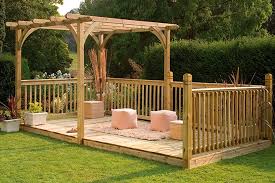
What is a garden fork called? A garden fork, spading fork, or digging fork is a gardening implement, with a handle and a square-shouldered head featuring several (usually four) short, sturdy tines.
Is a garden fork a digging tool? These tough tools are great for heavier tasks like breaking up hard soil or establishing a new garden. Other garden fork uses include double digging and aerating soil. They are especially useful if you have heavy clay or compacted soil.
What is a border fork used for? The border fork is for light to medium digging. It’s shorter than the standard garden fork so it won’t have the same leverage for rocks or compacted soil. A border fork is used for loosening soil or mixing in compost. It is ideal for lifting perennials gently for transplanting or mixing compost into soil.
What is a plant fork? The basic garden fork, or compost fork, is a large fork with four to eight tines shaped with a horizontal curve and a slight upward curve at the bottom of the tines. These forks are generally used to move compost, mulch, or soil.